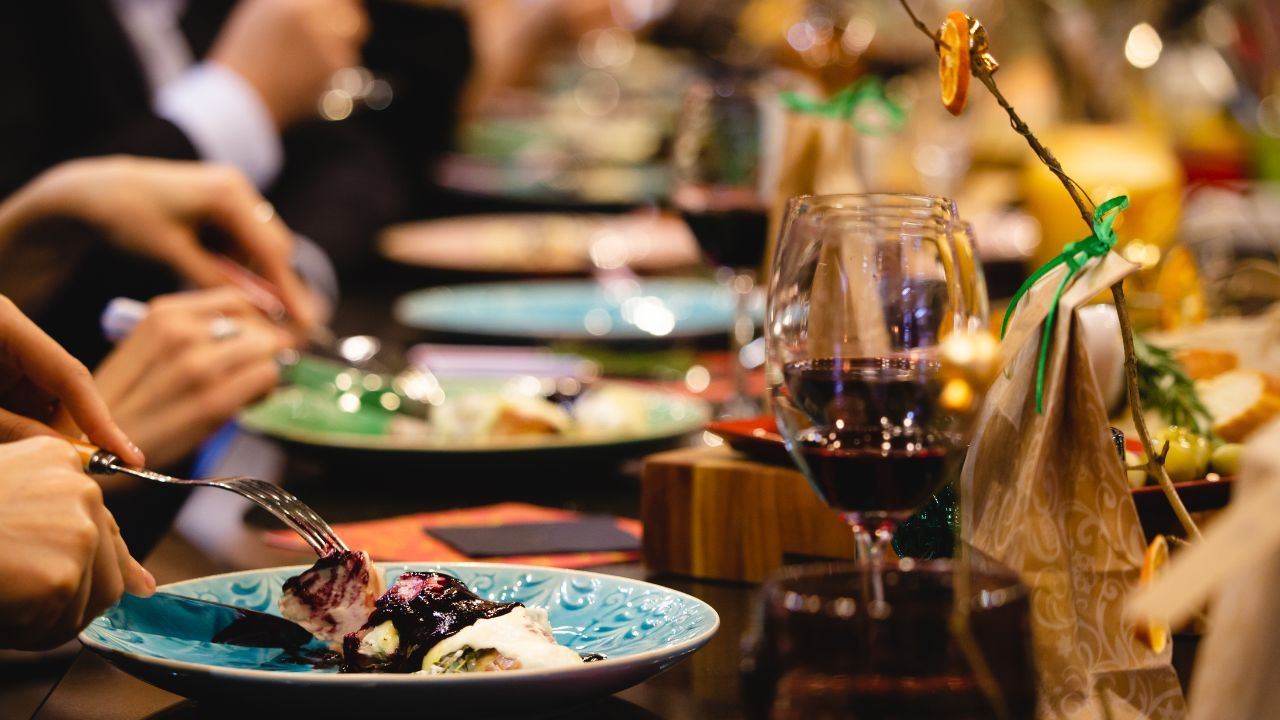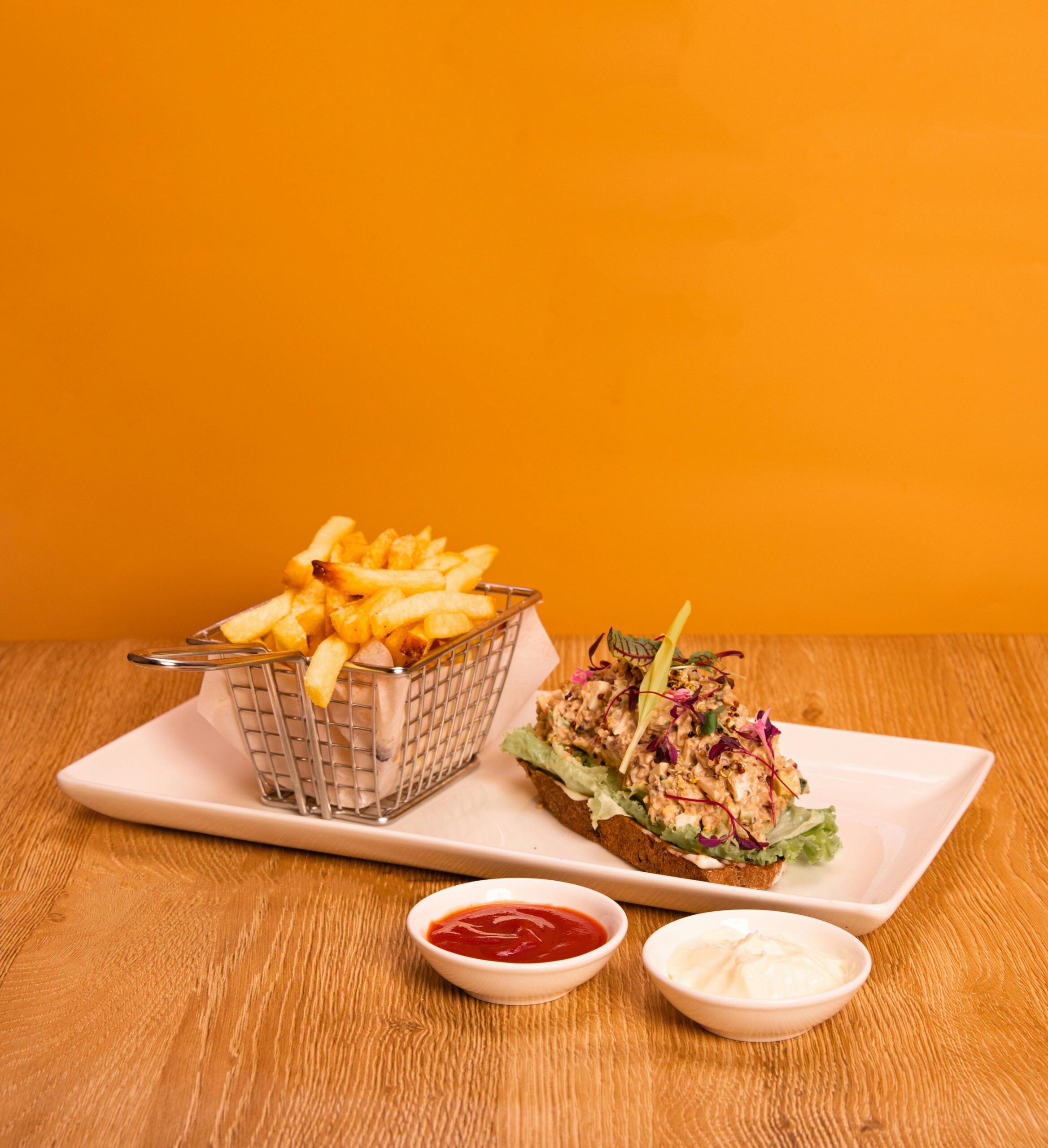- What is a Resilient and Agile Restaurant Supply Chain?
- The Importance of Having a Resilient and Agile Restaurant Supply Chain
- Steps to Build a Resilient and Agile Supply Chain
The restaurant industry has always been a challenging business to operate, with ever-changing consumer preferences, high competition, and volatile market conditions.
But in recent years, the COVID-19 pandemic has brought unprecedented disruption to the industry, leaving restaurant owners struggling to keep their businesses afloat. One critical aspect that has become more apparent than ever is the importance of having a resilient and agile restaurant supply chain.
A restaurant supply chain management encompasses everything from sourcing raw materials and supplies to managing inventory and logistics.
A well-designed and efficiently functioning supply can help restaurants reduce costs, ensure consistent quality, and meet customer demand effectively. However, a poorly managed supply chain can lead to waste, overstocking, understocking, and ultimately impact the restaurant’s bottom line.
In this article, Orders.co will discuss some practical steps that restaurant owners can take to build a resilient and agile supply chain.
What is a Resilient and Agile Restaurant Supply Chain?
A resilient and agile restaurant supply chain is a system that can quickly adapt to changes in demand, supply, and external factors, such as natural disasters or pandemics while maintaining a high level of performance.
A resilient supply chain can withstand disruptions and quickly recover, while an agile supply can proactively adjust to changing circumstances.
In the restaurant industry, a resilient and agile supply chain is critical for ensuring consistent quality, timely delivery, and cost-effectiveness of food and other supplies.
By building resilient and agile supply chains, restaurants can not only better meet the demands of their customers but also mitigate risks and minimize the impact of potential disruptions.
The Importance of Having a Resilient and Agile Restaurant Supply Chain
Having a resilient and agile restaurant supply chain is crucial for ensuring the success and sustainability of a restaurant business. Here are some key reasons why:
Avoiding Disruptions
A resilient supply chain can better handle unexpected disruptions such as natural disasters, supplier bankruptcies, or pandemics, ensuring that the restaurant can continue to operate smoothly.
Maintaining Quality
A restaurant’s reputation depends heavily on the quality of its food and ingredients. An agile supply chain may quickly adapt to changes in demand or supply, ensuring that the restaurant has access to high-quality ingredients at all times.
Reducing Costs
A well-managed supply can help a restaurant minimize food waste, optimize inventory levels, and negotiate better pricing with food suppliers, leading to lower costs and increased profitability.
Meeting Customer Expectations
Customers expect their favorite dishes to be consistently available and delivered quickly. A resilient supply chain can ensure that the restaurant meets these expectations, leading to customer satisfaction and loyalty.
Staying Competitive
A resilient and agile supply chain can give a restaurant a competitive advantage, allowing it to respond quickly to market changes, introduce new menu items, and stay ahead of the competition.
Steps to Build a Resilient and Agile Supply Chain
Building a resilient and agile supply chain requires a systematic approach that involves several key steps. Here are some important steps to follow
Diversify Suppliers
Relying on a single supplier can put your restaurant at risk if that supplier experiences a disruption, whether it’s due to a natural disaster, transportation issues, or other factors.
By working with multiple suppliers, you can spread your risk and ensure that you have access to the products and ingredients you need, even if one supplier is unable to deliver.
Diversifying suppliers also offers the potential for cost savings and improved quality, as you can compare pricing and evaluate the quality of different suppliers’ products.
It’s important to choose suppliers carefully, however, and to ensure that they meet your restaurant’s standards for quality, reliability, and sustainability.
Building strong relationships with multiple suppliers can be a valuable investment in the long-term resilience of your restaurant’s supply chain.
Your Inbox, Your Rules!
Tailor your newsletter with the topics you're most interested in.
Implement Technology Solutions
Implementing technology solutions is another crucial aspect of building a resilient and agile restaurant supply chain.
Adopting a digital inventory management system can help reduce inventory waste, minimize the risk of stockouts, and improve forecasting accuracy.
Implementing an automated ordering system can streamline the ordering process, reducing the risk of human error and ensuring that orders are placed promptly.
Data analytics can help identify trends and patterns in customer demand, allowing for more accurate inventory planning and better decision-making.
Additionally, blockchain technology can provide increased transparency and traceability, allowing for greater accountability and trust within restaurant supply chains.
By implementing technology solutions, restaurant owners can improve efficiency, reduce costs, and increase their supply chain’s ability to respond quickly to unexpected changes.
Maintain Buffer Inventory
When it comes to building a resilient and agile restaurant supply chain, maintaining buffer inventory is a crucial factor.
Buffer inventory refers to maintaining a surplus of inventory to act as a cushion during unexpected demand surges or a supply chain disruption.
While it may be tempting to minimize inventory levels to reduce costs, it can leave restaurants vulnerable to supply disruptions such as weather events, supplier bankruptcy, or transportation issues. By maintaining buffer inventory, restaurants can ensure that they have enough stock to fulfill customer demands even during unexpected situations.
However, it is equally important to strike a balance between having enough buffer inventory and avoiding overstocking, which can lead to waste and excess inventory costs.
With a well-planned buffer inventory strategy, restaurants can maintain a resilient and agile supply chain while also managing costs effectively.
Develop Contingency Plans
Developing contingency plans is a critical component of any business’s risk management strategy, and this is especially true for restaurants looking to build a resilient and agile supply chain.
When developing your contingency plans, it’s important to consider a range of potential scenarios, from natural disasters to supplier disruptions or unexpected shifts in consumer demand.
Your contingency plans should include clear protocols for communicating with suppliers, managing inventory levels, and adjusting menus or sourcing options as needed. It’s also important to regularly review and update your contingency plans to ensure they remain relevant and effective in response to any new challenges or changes in the market.
By taking a proactive approach to contingency planning, you can minimize the impact of disruptions and ensure your restaurant is able to continue operating smoothly in any situation.
Conduct Regular Risk Assessments
While building a resilient and agile restaurant supply chain, it’s crucial to conduct regular risk assessments to identify any potential threats to your business.
This involves analyzing internal and external factors that could impact your supply chains, such as natural disasters, political instability, economic downturns, and supply disruptions.
By conducting regular risk assessments, you can develop contingency plans and take proactive measures to mitigate potential risks before they occur.
This not only helps to minimize the impact of disruptions on your business but also enhances your ability to adapt quickly to changing market conditions and consumer demands.
Foster a Culture of Continuous Improvement
Fostering a culture of continuous improvement is essential for building an agile supply chain. Continuous improvement involves constantly reviewing and improving your supply chain processes to optimize efficiency and reduce waste.
It involves identifying bottlenecks, eliminating redundancies, and streamlining processes to improve overall efficiency.
Fostering a culture of continuous improvement can help you build an agile and efficient supply chain that can adapt to changing circumstances and stay ahead of the competition.
Position Yourself for Long-Term Success by Building a Resilient and Agile Supply Chain
Building a resilient and agile restaurant supply chain is a critical aspect of running a successful food service operation.
By implementing proactive measures such as diversifying suppliers or embracing technology, restaurant owners and operators can mitigate risks and minimize disruptions to their supply chain.
With the ever-changing landscape of the food service industry, adapting to new challenges and maintaining a flexible supply chain is essential for staying competitive and thriving in the long run.
By prioritizing resilience and agility in their supply strategies, restaurants can better serve their customers and meet their needs in a rapidly changing world!



